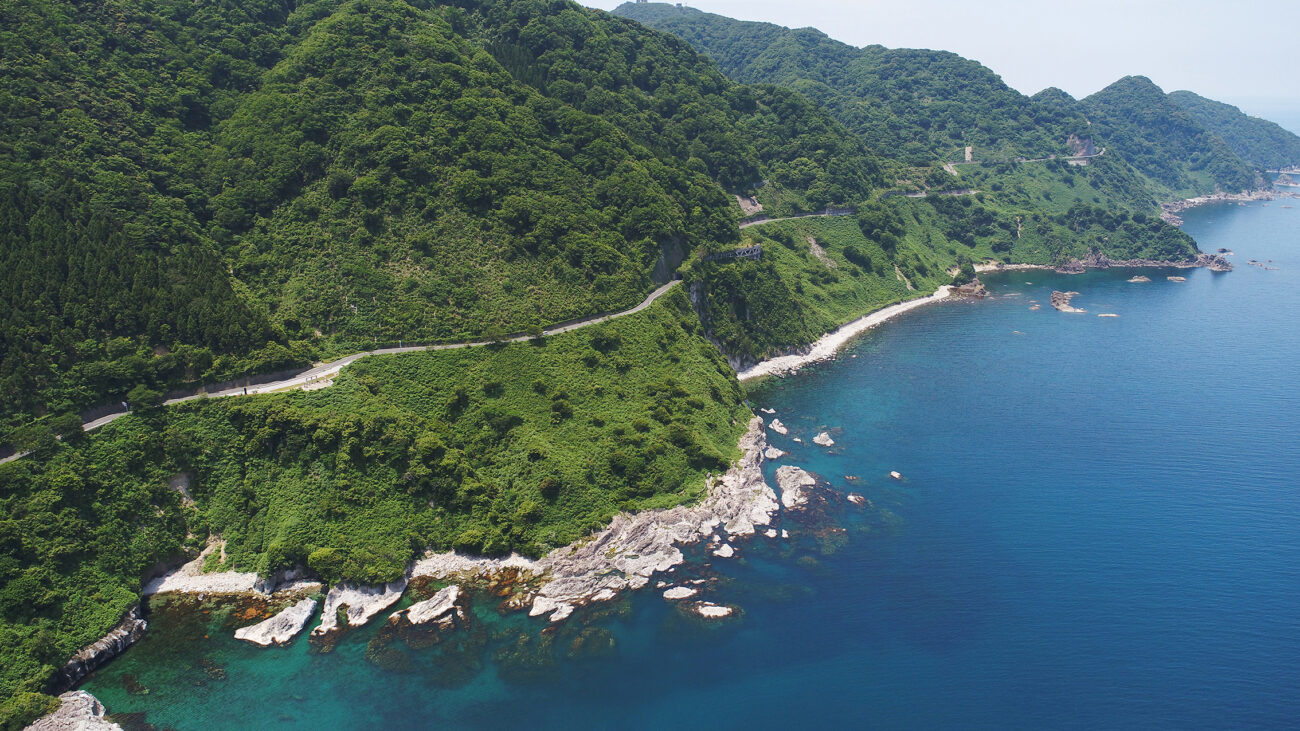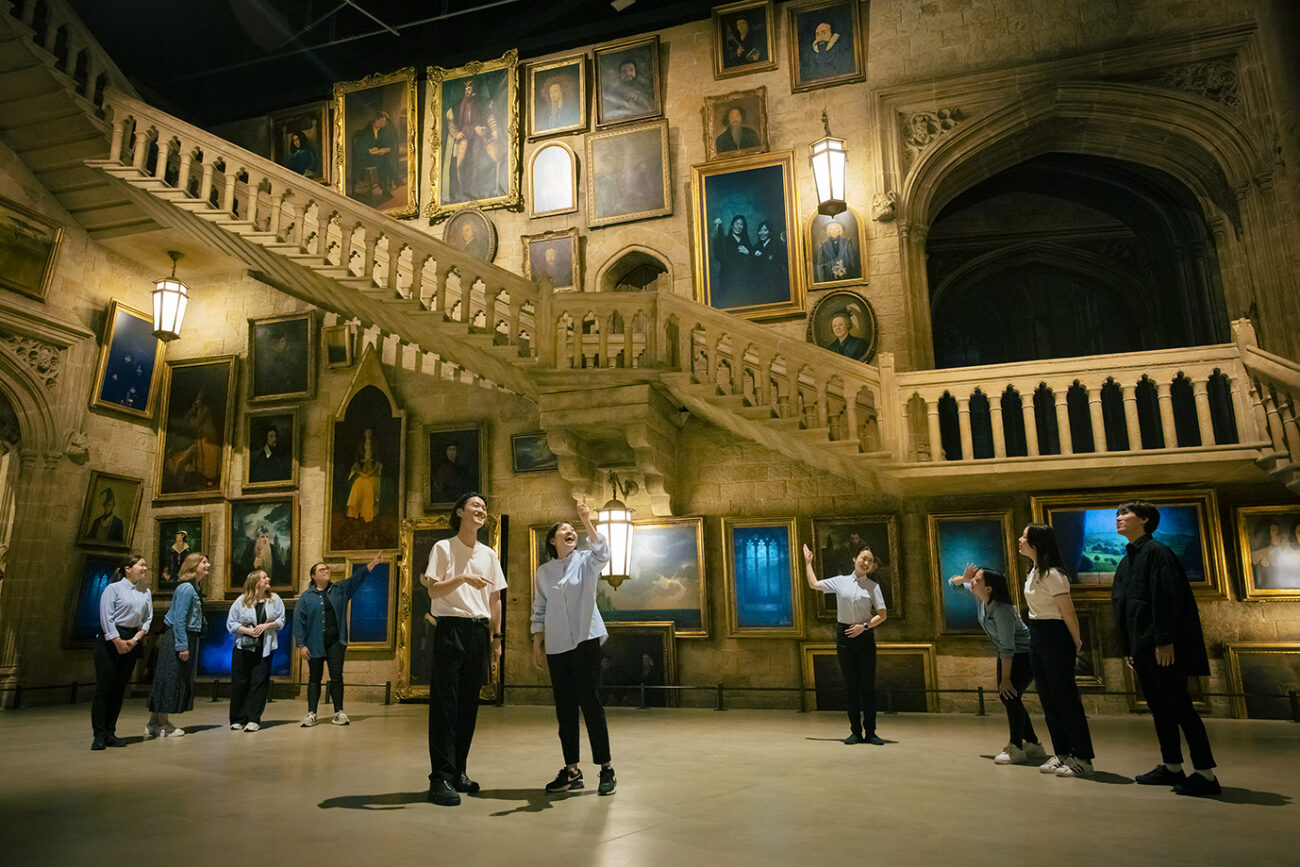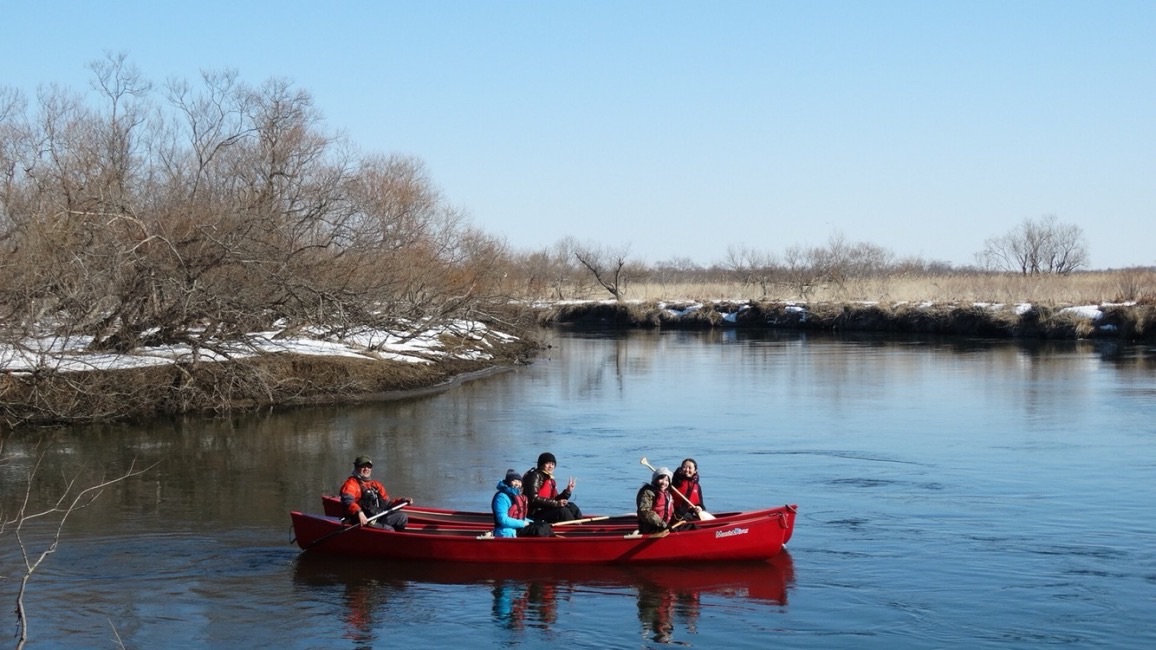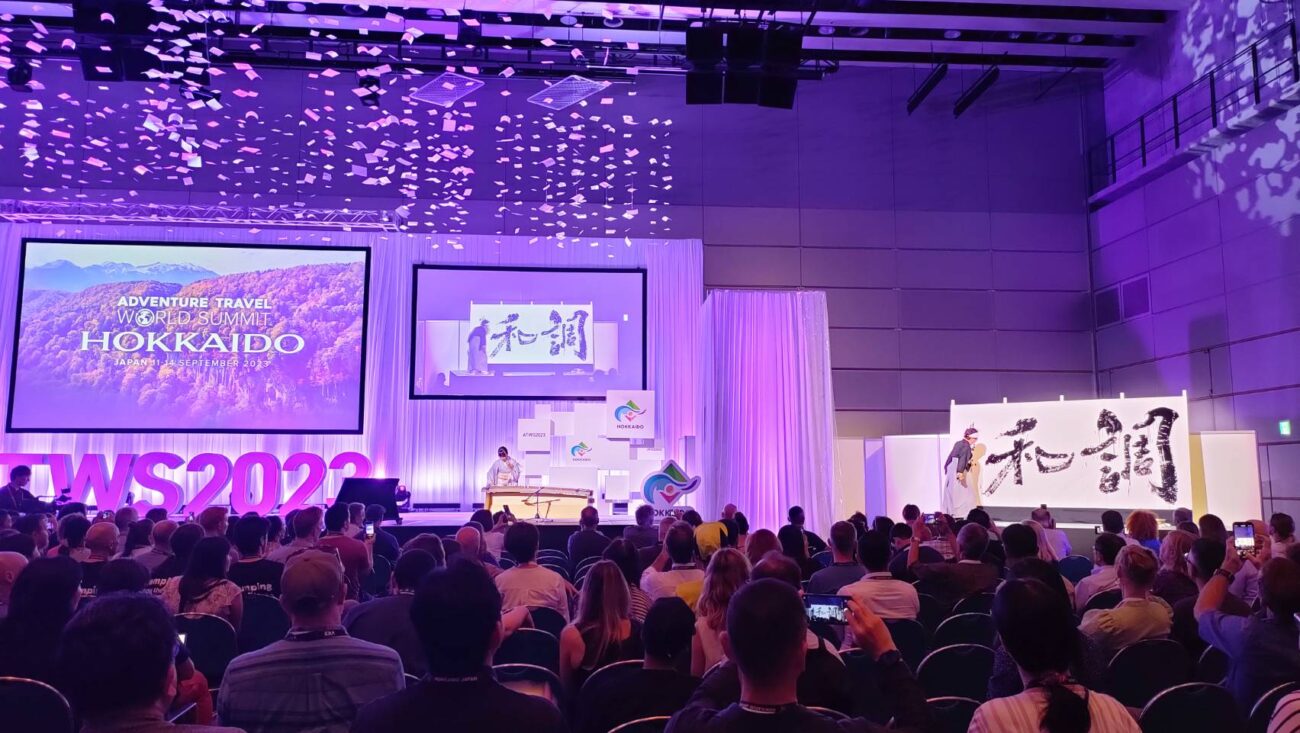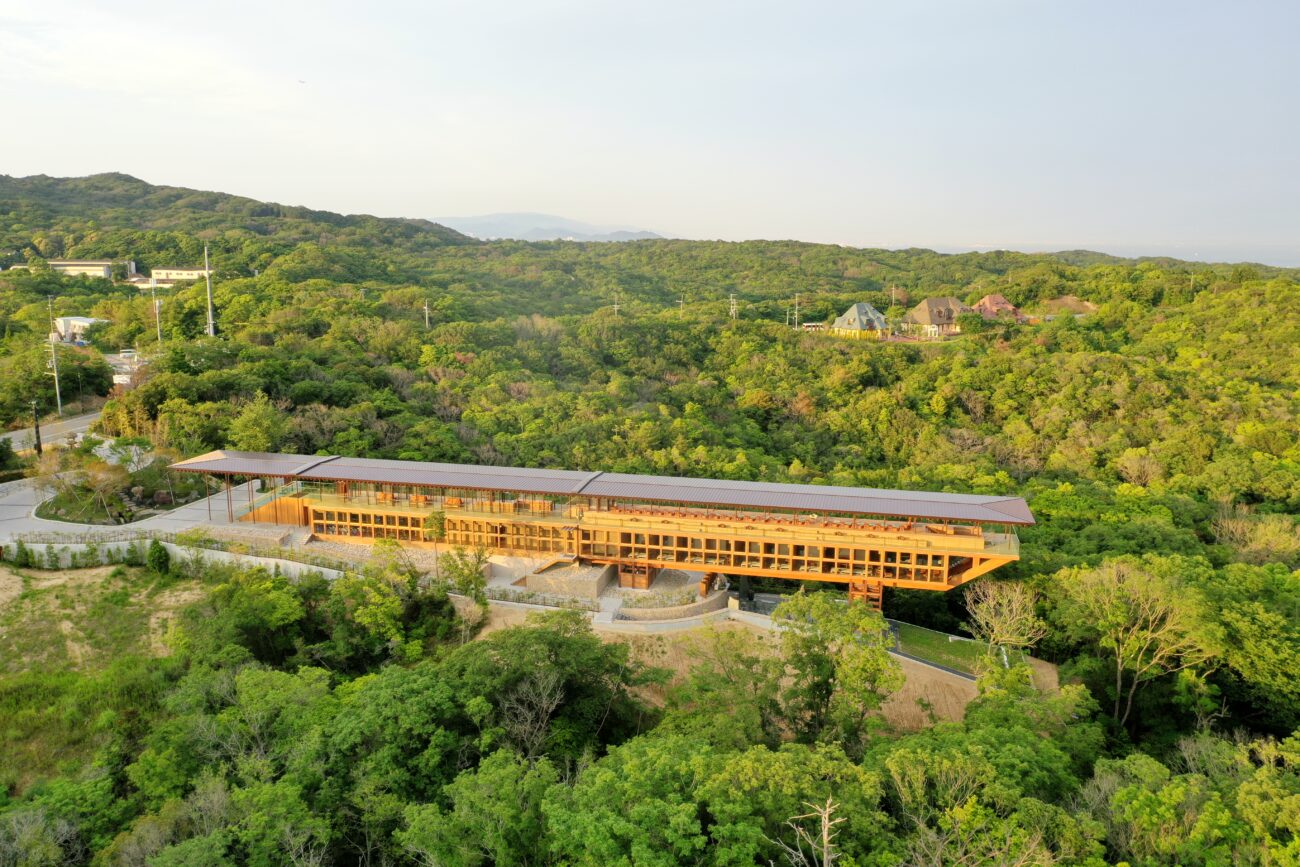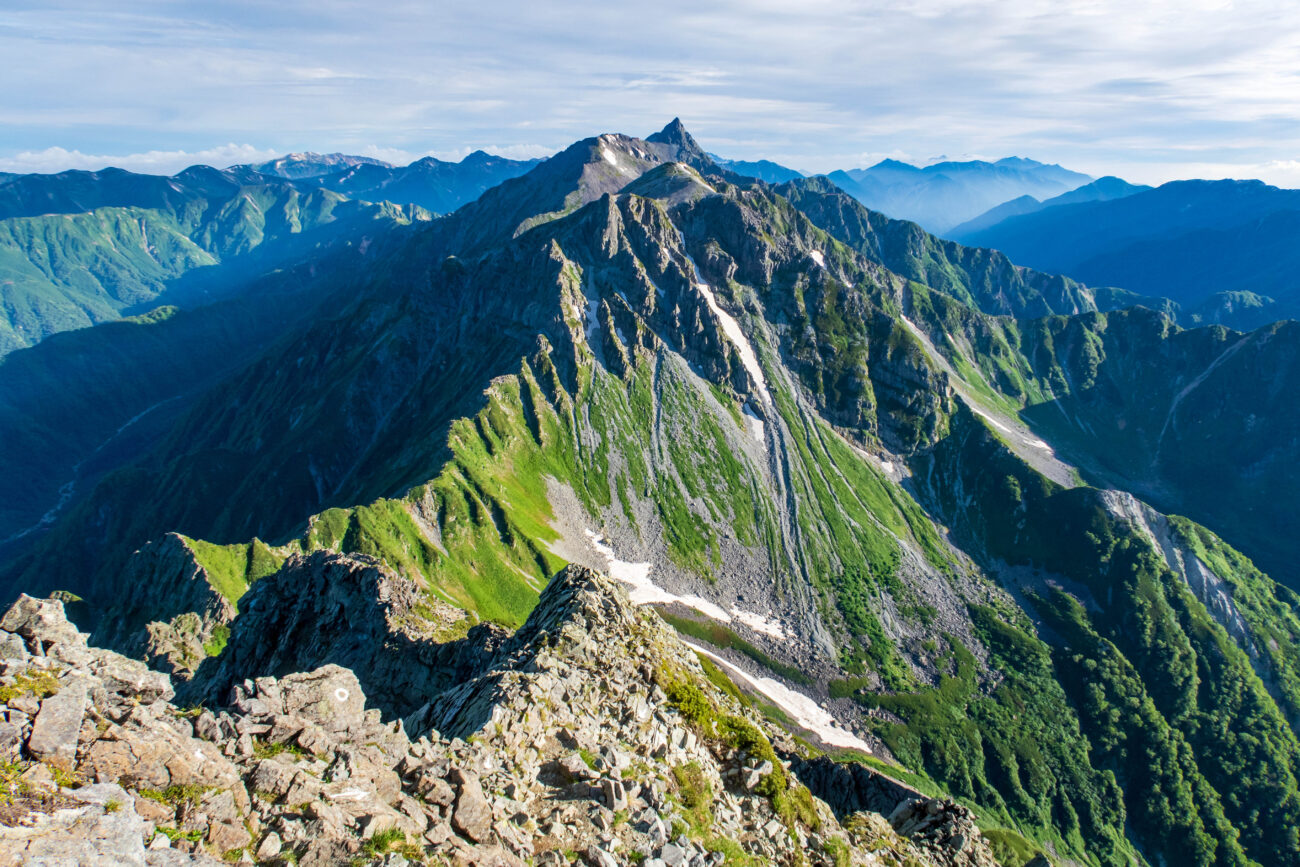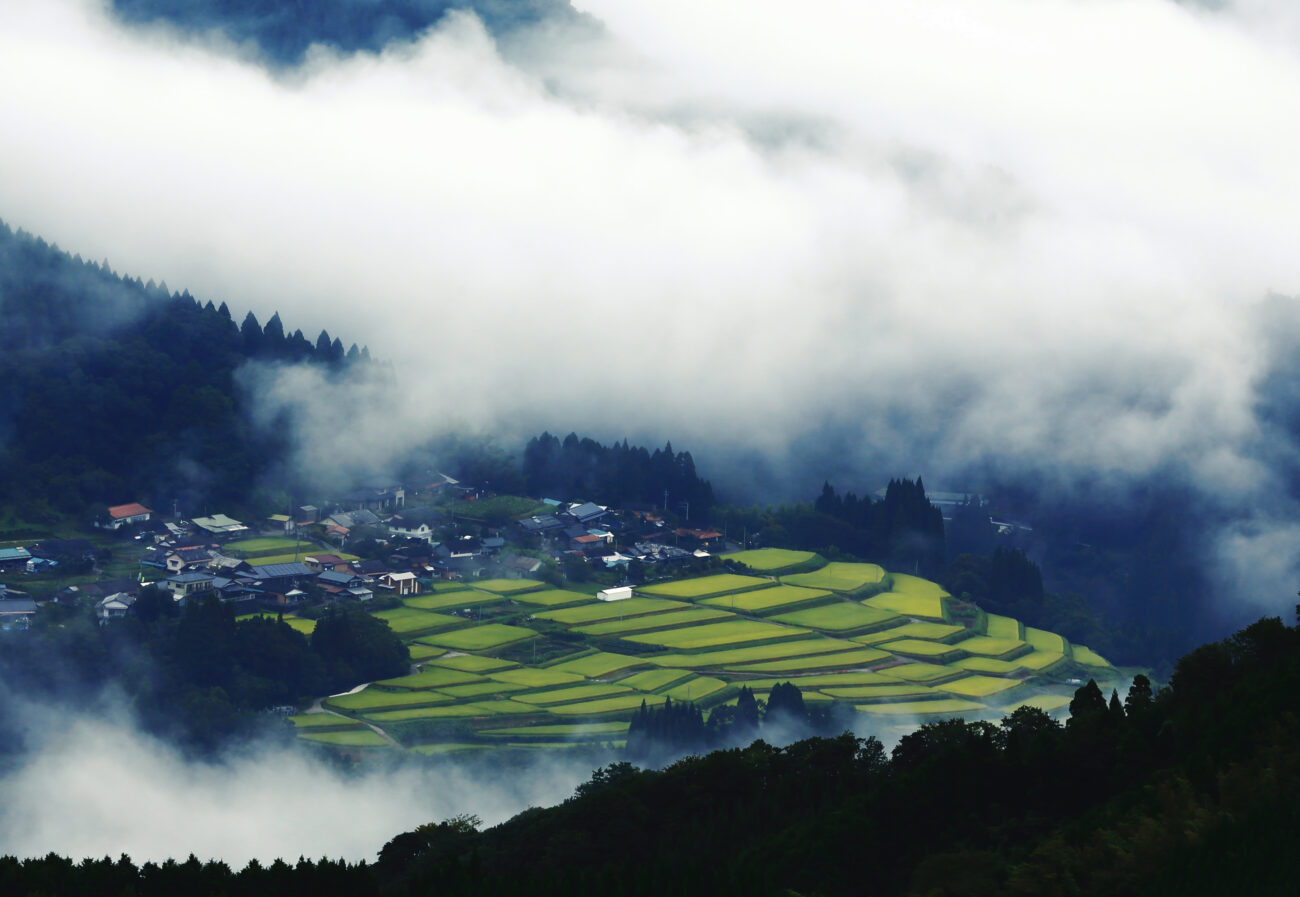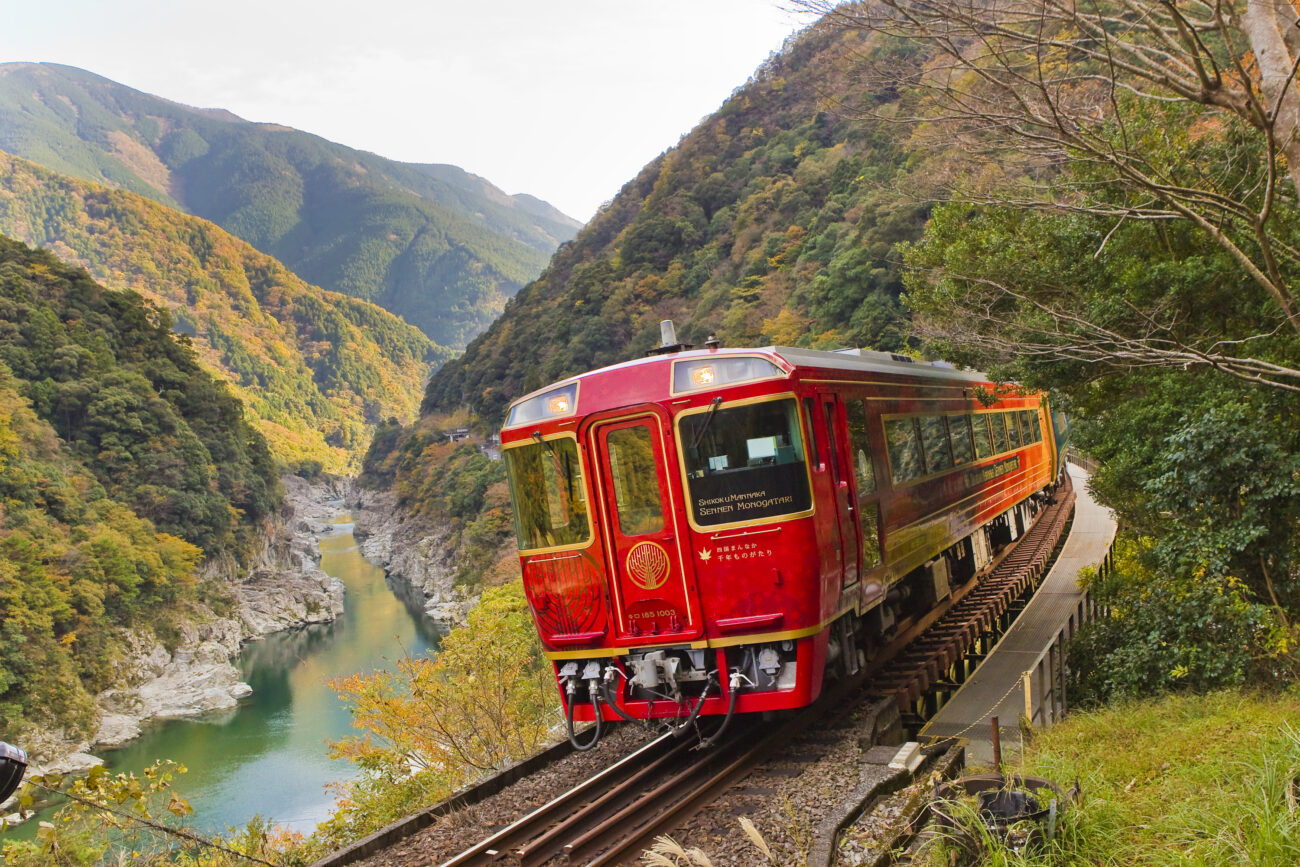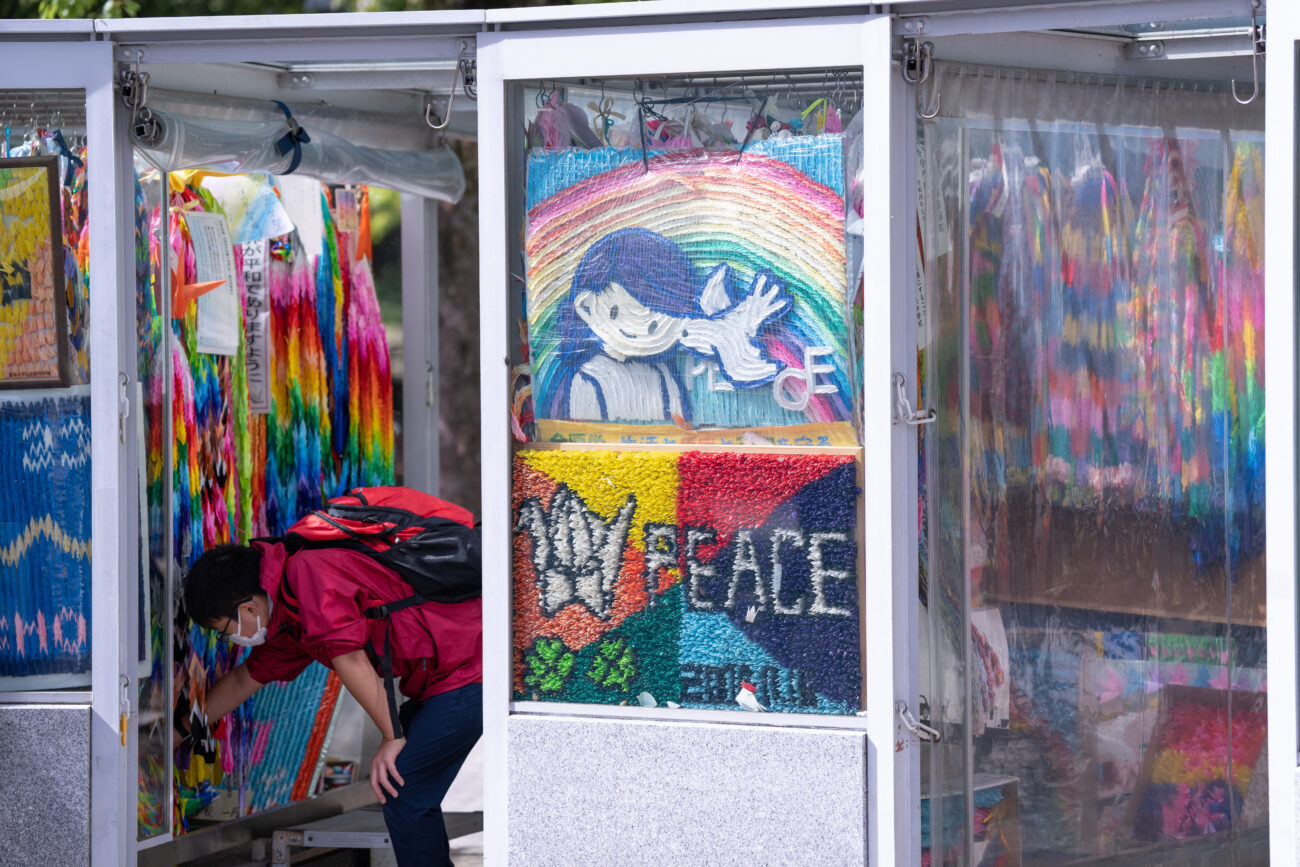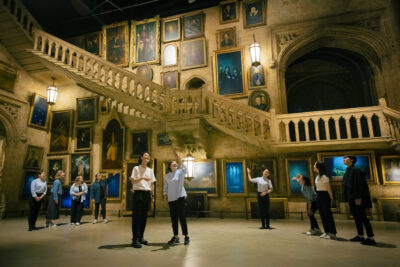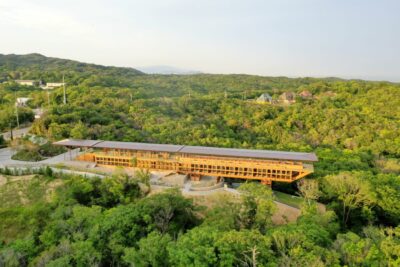Japan’s islands stretch for thousands of kilometers from north to south, blessing the country with a wide variety of climates that foster diverse food cultures – each of which boasts a fascinating history. The bounty of the nation’s mountains, valleys, rivers, and seas differs from region to region, giving tourists myriad opportunities to get to the heart of Japan through their stomachs. That’s the essence of “gastronomy tourism,” a form of travel focused on food nurtured by local ingredients, customs, and traditions. In many cases, it also includes regional alcoholic beverages, another area in which Japan excels thanks to its abundance of rivers that have provided brewers and distillers with crystal clear water for centuries. Here are three ways to discover the very best of Japan’s gastronomical wonders firsthand:
Delight in Tango Barazushi, the “Sushi Lasagna” of Kyoto by the Sea
In the northern part of Kyoto Prefecture, just over two hours by train from Japan’s ancient capital, lies an area affectionately known as “Kyoto by the Sea. “ Overlooking the Sea of Japan, it’s long been associated in Japanese mythology with Toyouke, the deity of food. Appropriately, it’s also long been an abundant source of diverse ingredients and Japanese culinary traditions like Tango Barazushi, a festive type of Sushi that originated on the Tango Peninsula.
Tango Barazushi is prepared in a Matsubuta (a type of wooden box), inside which a layer of vinegared Sushi rice is spread first. Then comes the most important part: crumbly bits of mackerel, which is so abundant in the waters of Wakasa Bay around Tango that the roads connecting it to Kyoto have been nicknamed Saba Kaido, or “Mackerel Highway”. The fish is braised in a sweet and salty sauce to season and preserve it as mackerel loses its freshness quickly. It’s a common misconception that Sushi means “raw fish, “when, actually, anything atop specially seasoned rice can be called Sushi, such as Tango Barazushi where the rice and mackerel are topped with other ingredients such as Shiitake mushrooms, red ginger and/or shredded egg crepe. The exact recipe for this intriguing culinary creation differs from household to household; in many cases, such recipes have been passed down through generations and are prepared during times of celebration.
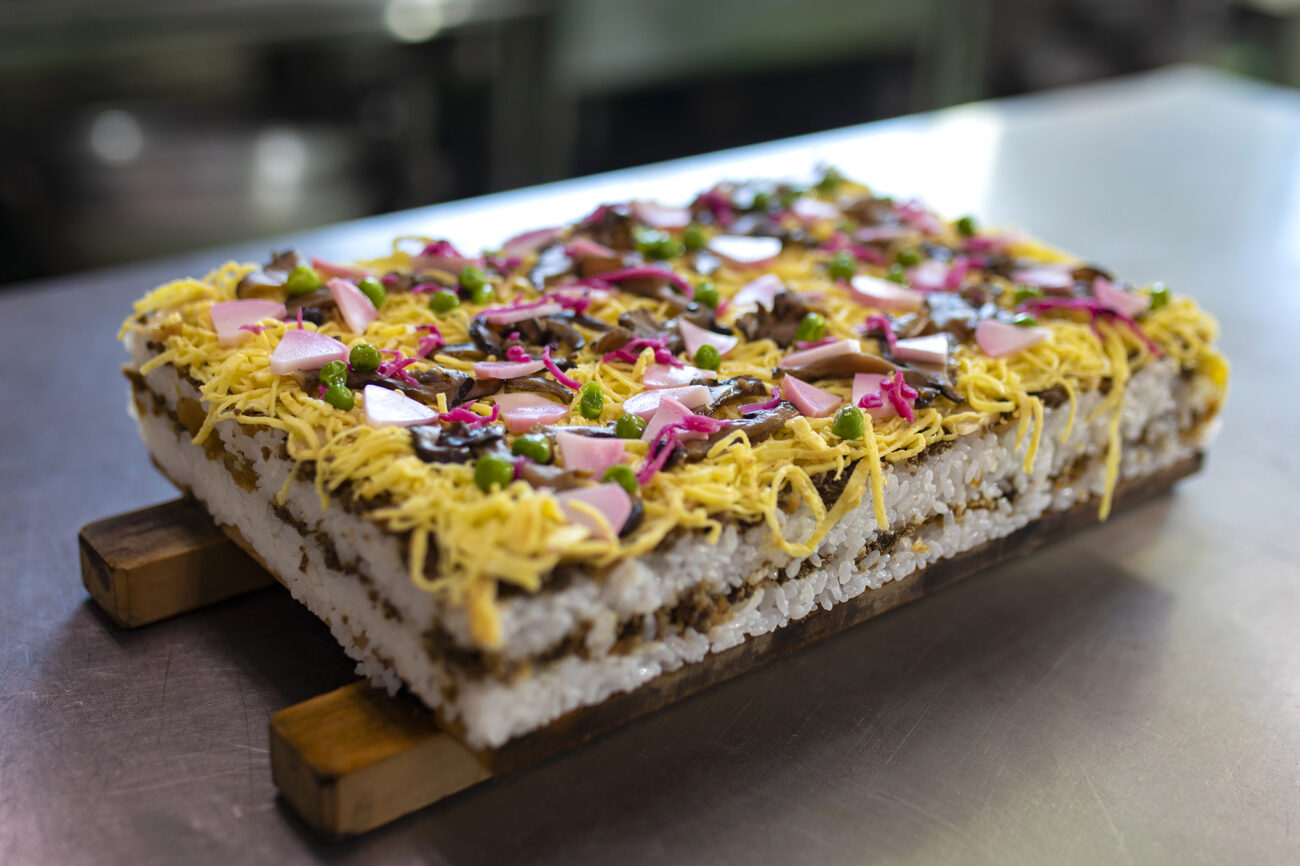
The Sushi is meant to be divided and eaten with a wooden spatula by family and friends, creating precious memories and forging lifetime bonds over a delicious meal. Interestingly, when removed from the Matsubuta, the layered Barazushi bears an uncanny resemblance to lasagna, hence its unofficial nickname ‒“Sushilasagna.” One Facebook video showing Tango Barazushi being taken out of the box has had over 280,000 views because its unique shape offers brand-new ways to enjoy one of the most famous Japanese dishes. Visitors can taste this delightful cuisine at Torimatsu, a renowned local restaurant, and even take it with them in Bento (packed lunch) form, available at Kyoto stations as Tango Barazushi Ekiben (a box lunch sold on a train orat a station). Besides the restaurant Torimatsu, a Barazushi making and eating, of course, workshop is also available at Centrale Hotel Kyotango. If you ever have the chance, treat yourself to some Tango Barazushi in its birthplace, Kyoto by the Sea.
Experience Japan Through All Five Senses in Kagoshima
Katsuobushi is the very definition of Umami, that savory and oft-elusive “fifth taste.” It is made from the bonito fish, which in Kagoshima’s Makurazaki City famously come in the Honkarebushi variety prepared via repeated fermenting and sun-drying. The result is incredibly tough meat that can be shaved off to create the savory flakes of flavors without which Japanese cuisine would essentially not exist. Simmering the Katsuobushi with other ingredients and seasonings creates a Dashi stock that shows up in everything from Miso soup to hot-pot dishes like Shabu-shabu, noodle broth and other dishes.
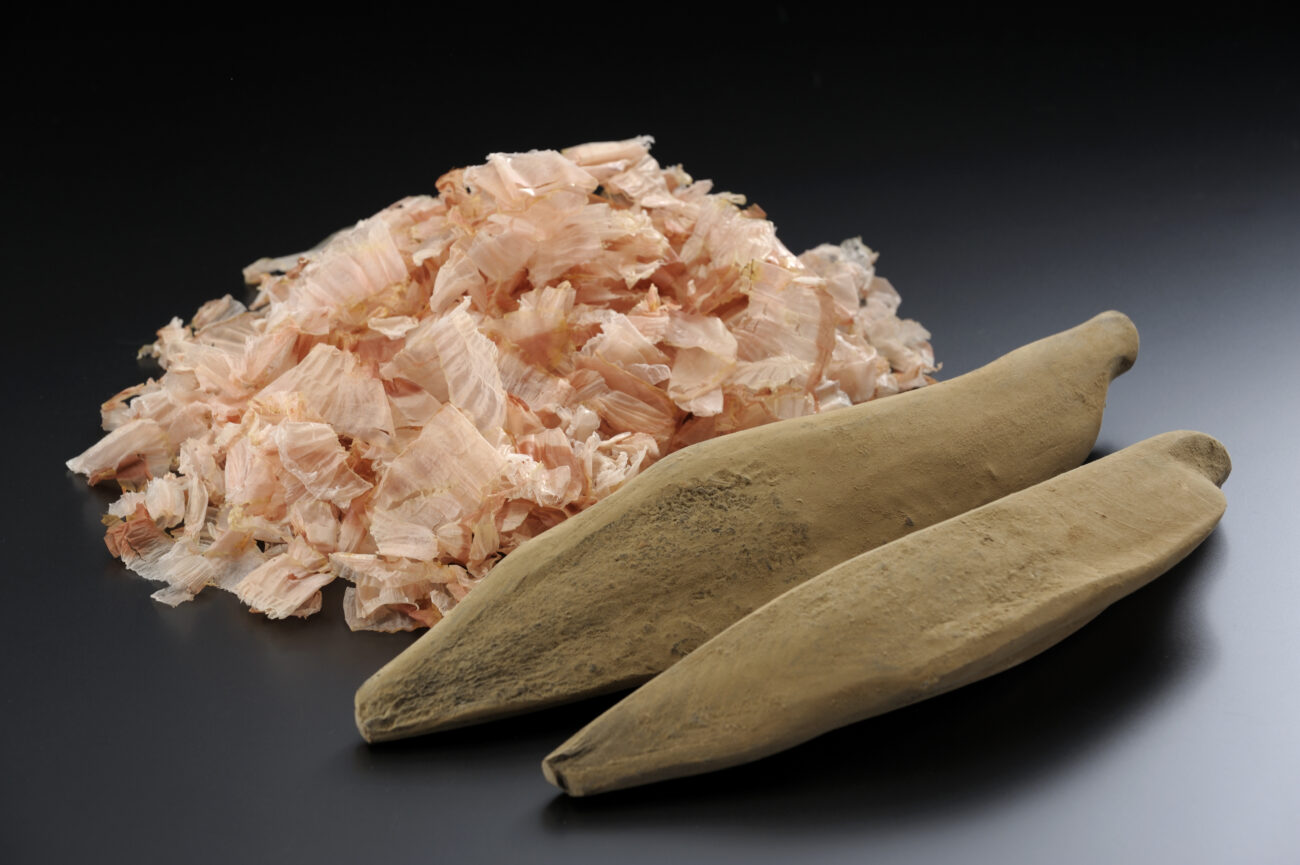
A great way to venture into the world of Katsuobushi is during the upcoming 2024 Fire & Smoke Gastronomy Tour that will be held in Kagoshima Prefecture. It will include a visit to Nishimura Asamori Shoten, a manufacturer of bonito flakes. Makurazaki Katsuobushi, proud of some 300 years of history, has acquired a regional collective trademark, which means the brand is one of the most distinguished kinds of Katsuobushi in Japan. And furthermore, Nishimura Asamori Shoten is the recipient of numerous distinctions such as the Minister of Agriculture, Forestry and Fisheries Award. Its manufacturing process is normally closed to the public, but even once Fire & Smoke ends, visitors to the region will have a chance to book a custom factory tour or try their hand at making bonito flakes at the Makurazaki Fish Center. The center also sells Katsuobushi, which make for great souvenirs.
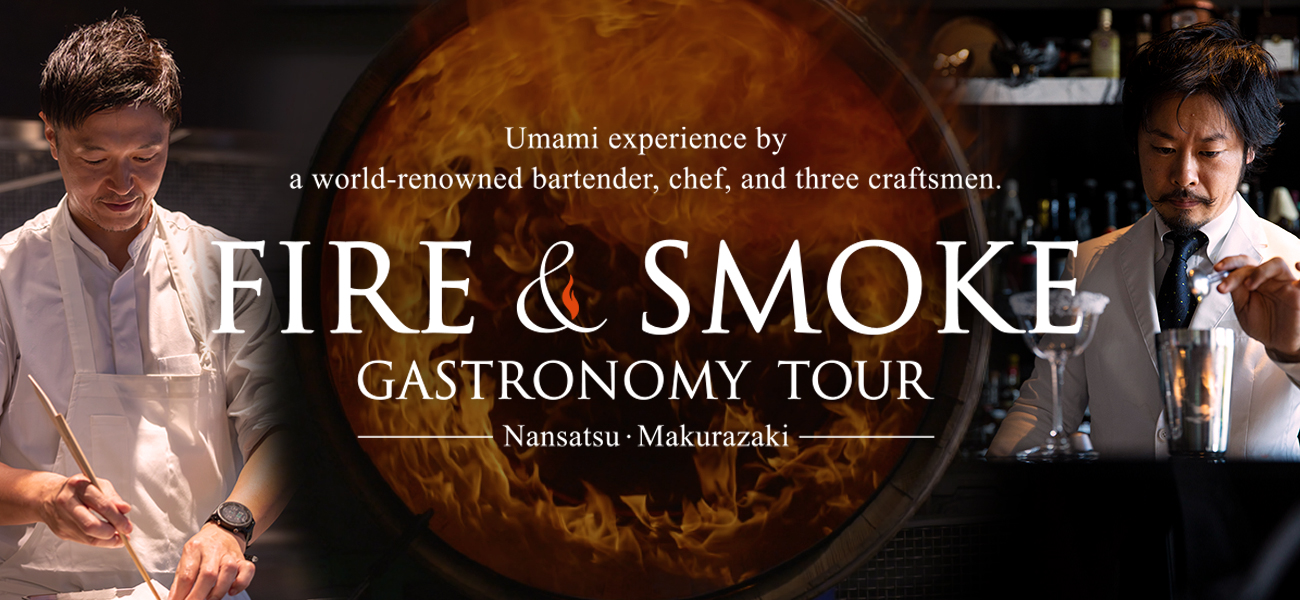
Another highlight of the tour will be a southern Kyushu lunchtime feast at Mt. Ono, which offers panoramic views of one of the largest tea plantations in Japan and the imposing Mt. Kaimon volcano, known as the Fuji of Satsuma (“Satsuma” being the historic name for the surrounding area.) Also of interest is a dinner prepared by a world-renowned chef and a Japanese tea experience with an award-winning tea farmer where guests will be able to compare different varieties of tea and make their own Hojicha made from roasted green tea leaves. Custom-made tours with lunch at Mt. Ono and the tea-experience will continue to be available after the event.
Participants will also have the opportunity to experience Japanese whisky and Shochu at the new Satsuma Shuzo distillery. The secrets of Shochu, Japan’s hard, distilled spirit, are revealed at Meijigura, Satsuma Shuzo’s factory and museum, which showcases the distillery’s traditional production methods dating back to the Meiji Period (1868-1912). The Meijigura tour is also available now outside of the Fire & Smoke event.
Enter the Intoxicating World of Japanese Whisky
Japanese whisky has begun to attract worldwide attention with wins at international competitions like the World Whiskies Awards sponsored by London-based Whisky magazine. As a result, the value of Japan’s whisky exports grew by 21.5% between 2021 and 2022 by Trade Statistics of Japan. One of the most prominent makers of Japanese whisky exists in the Tohoku area (northeastern Japan). It is the Asaka Distillery in Fukushima Prefecture, created by the Sasanokawa Shuzo Sake brewery over 250 years ago and currently located in Koriyama City.
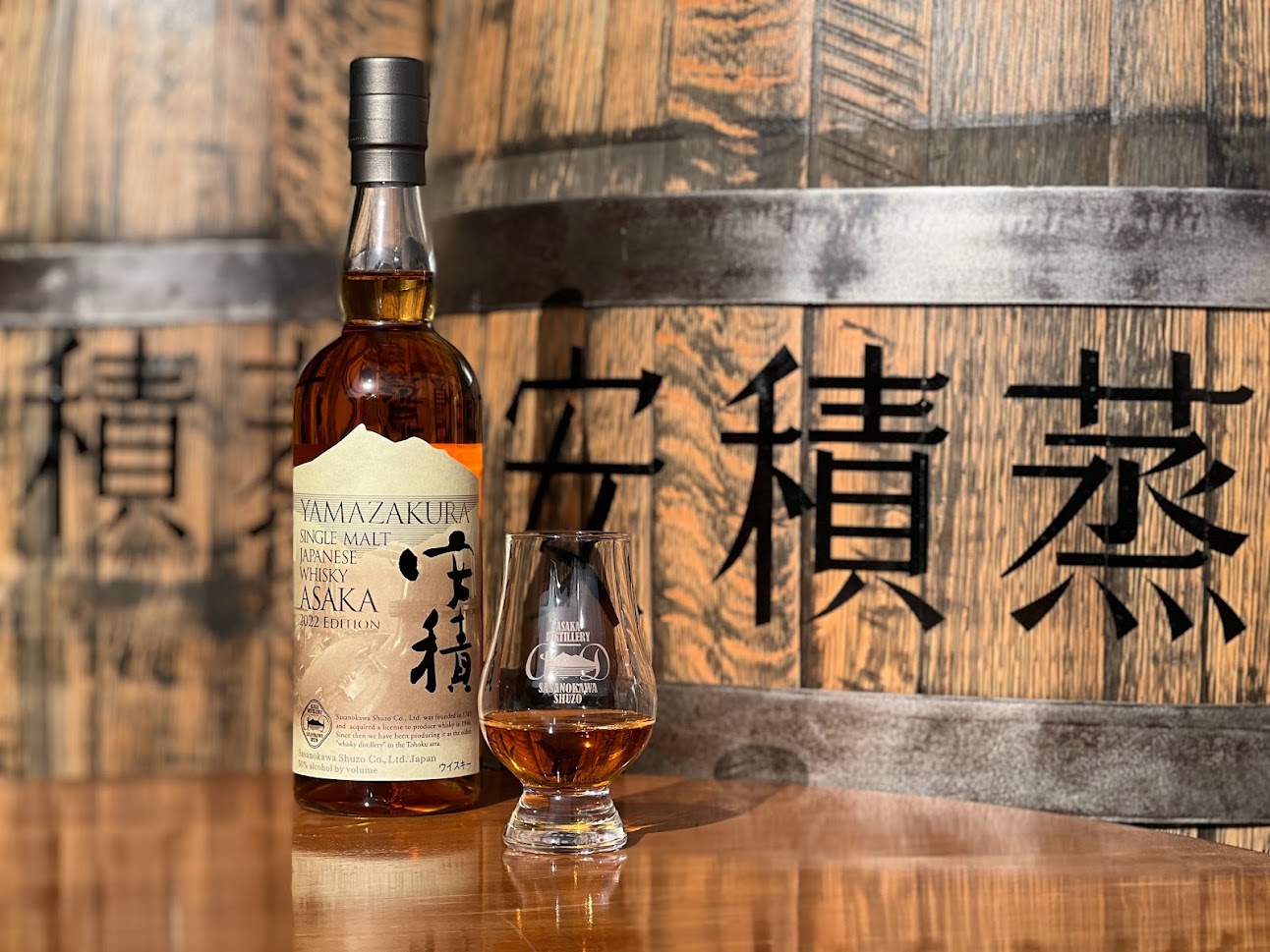
Sasanokawa started making whisky during the post-war period when rice became scarce, motivating the sakemakers to branch out to different alcohols. Having endured the ups and downs of the Japanese whisky market, the Asaka Distillery is especially proud of their Cherry Whisky from the 1980s, called “the northern Cherry, “which was once hailed as the best regional whisky from Tohoku.
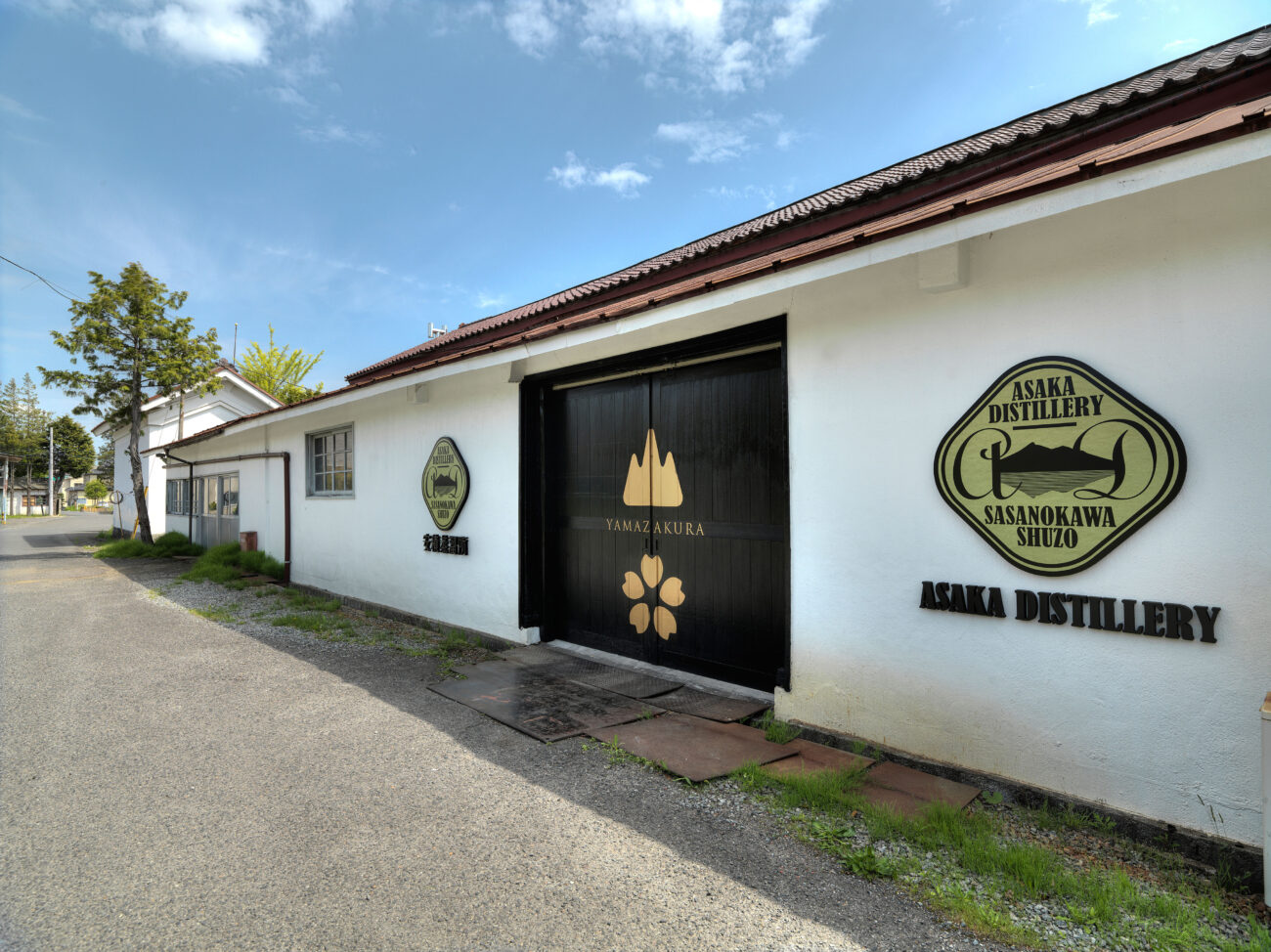
Asaka owes much of its success to the clear local waters sourced from the Asaka Channel connected to Lake Inawashiro, and to its climate having dramatic temperature changes that are perfect for distilling. The whisky reportedly also matures relatively quickly due to strong westerly winds of the region. Since the Asaka Distillery makes small-batch whisky (produced on a small scale via artisanal methods) each bottle is crafted with the utmost care and attention. On tours of the world-renowned distillery, visitors can learn all these things firsthand by immersing themselves in the world of the famous Western alcohol that Japanese distillers have mastered.
Taste Japanese Delicacies and Traditions Simultaneously
Visitors to Japan can check out numerous locations around the country and join tours where they will experience a side of Japanese cuisine unknown to most people, each bite and sip bringing them closer to a more full-bodied understanding of Japanese history and culture.
Supported by Japan National Tourism Organization

Notes:
- The above details are correct as of the time of publication, and are subject to change.
If you’d like to download photos and videos of Japan’s tourist attractions, please visit the Japan Online Media Center (JOMC)
For media inquiries, including requests to use photographs, please contact the JNTO Press office at media_inquiry@jnto.go.jp
 0
0

